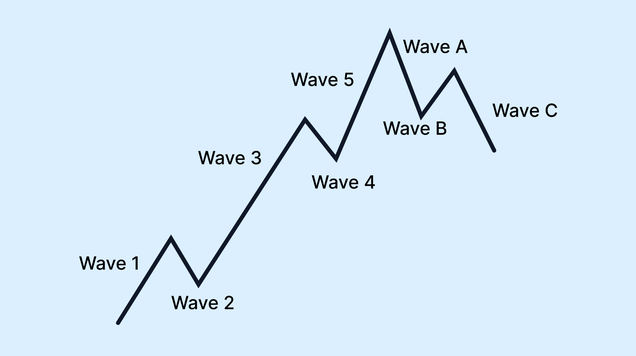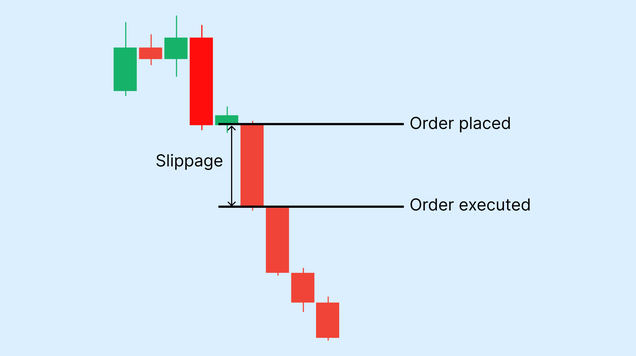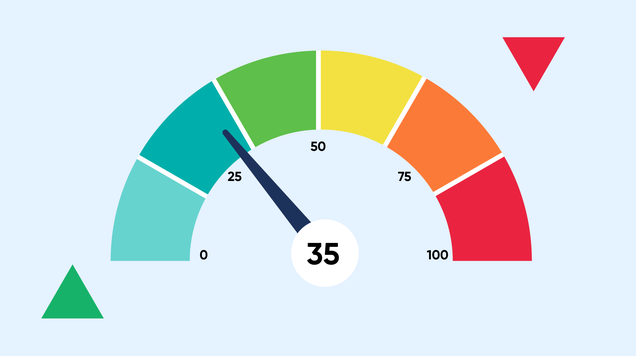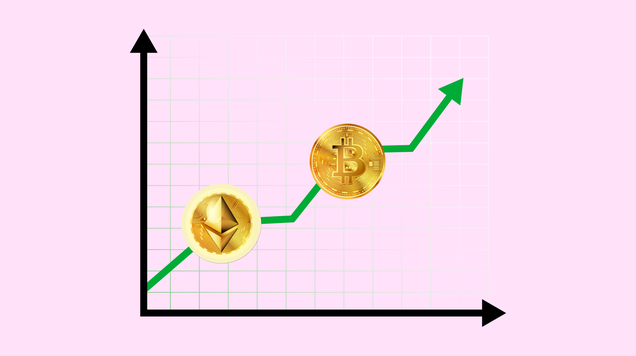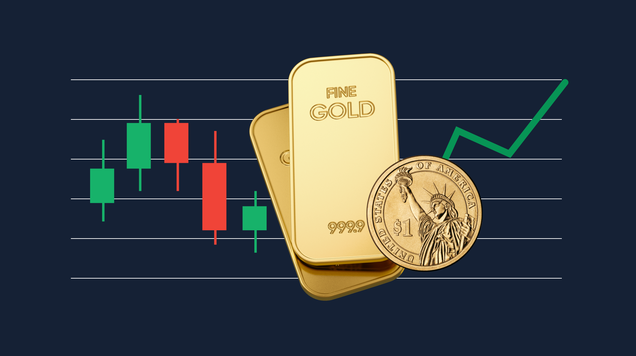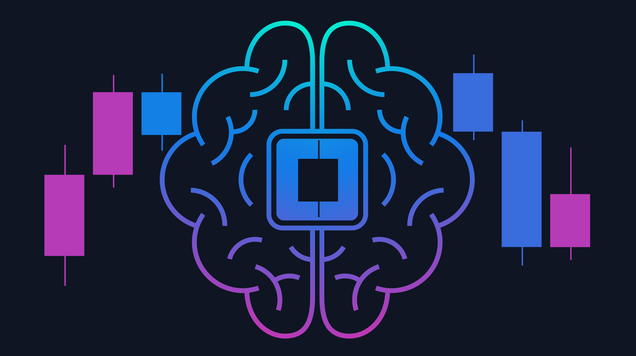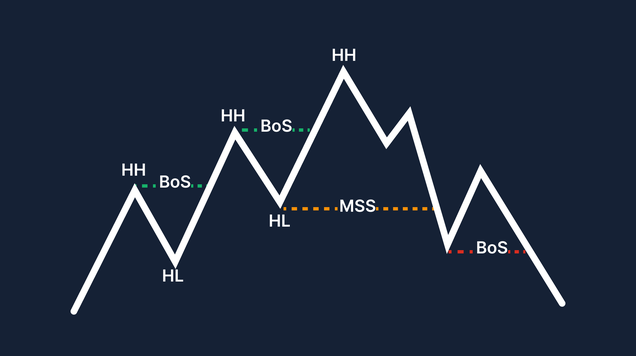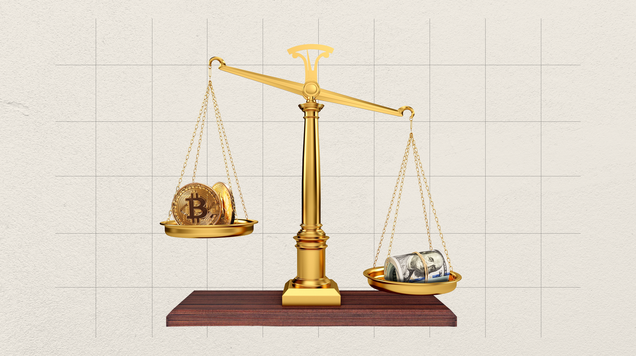Impact of technology and AI on trading in global markets
AI and the Future of Global Trading
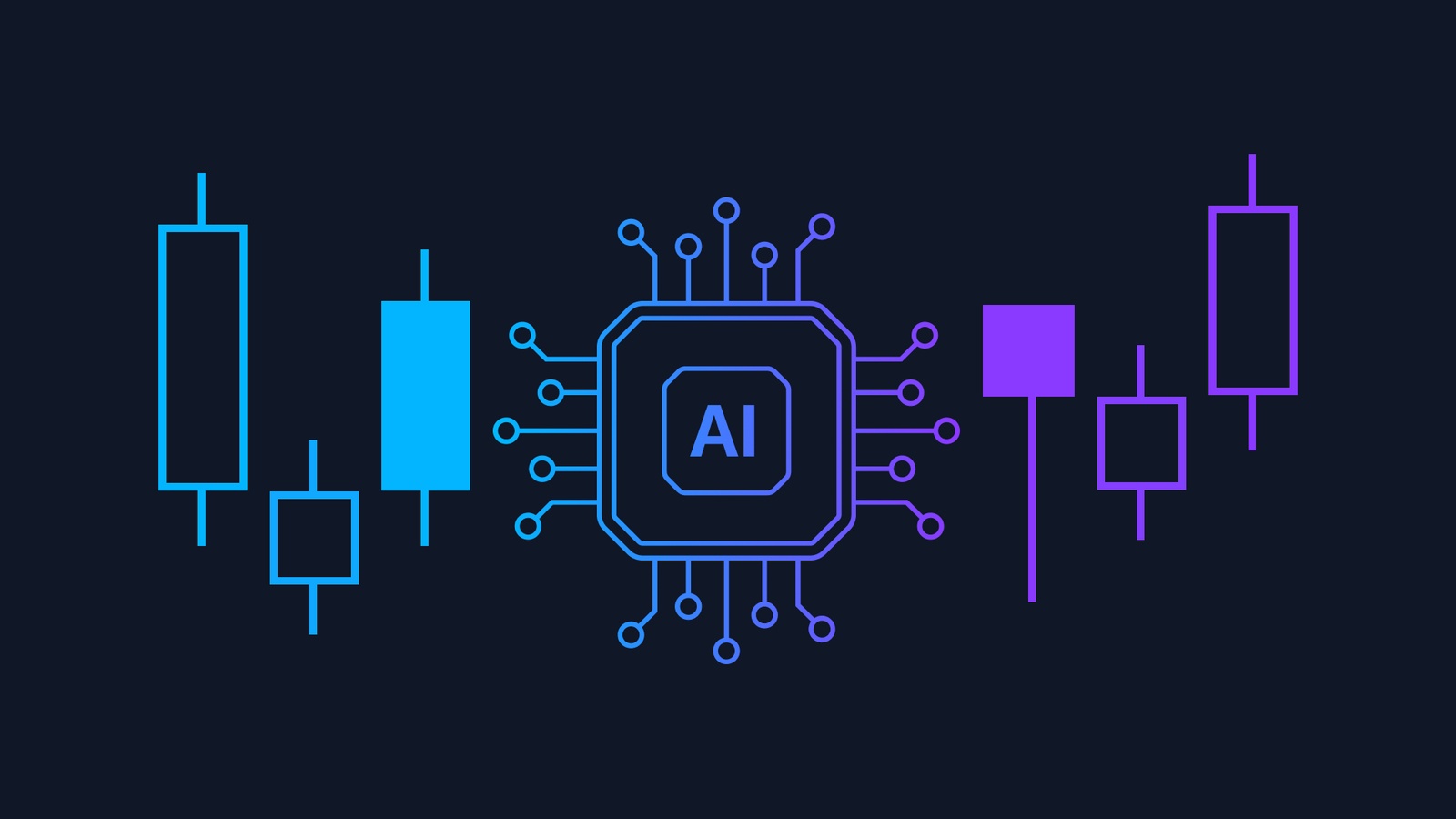
AI as a Driver of decision-making in global markets.
Challenges and risks associated with AI trading during operations.
The difference between AI and algorithmic trading.
AI has rapidly become one of the most high-profile industries attracting significant attention and investment in recent years. Beyond boosting productivity, driving economic growth, and creating new opportunities in international trade, AI is now playing a central role in global market trading.
AI-driven trading enhances market speed and efficiency by applying robust capital management techniques and improving risk management strategies. As AI technology continues to evolve, automated trading has become increasingly effective and efficient across various asset classes, including equities, commodities, and forex markets.
While still somewhat limited in its current applications, AI is expected to be one of the most influential trends shaping the future of trading in global markets over the coming years. Its ability to analyze vast amounts of data and react swiftly to market events allows for transparent, real-time insights that can influence movements in stock and commodity markets. Moreover, AI can technically analyze the price movements of any asset or product using advanced tools, helping investors make more informed decisions while minimizing risk.
However, unprofessional or unregulated use of AI to generate buy/sell signals or analyze crucial corporate data can raise concerns—particularly if it floods the market with excessive signals in short periods. Such behavior can increase volatility and reduce market reliability.
As a result, financial authorities around the world may need to assess whether current frameworks are adequate or if new mechanisms should be developed to prevent or mitigate sudden market disruptions caused by AI-driven trading. These mechanisms could include more effective use of margin, as well as safeguards like stop-loss and take-profit orders.
The Difference Between Algorithmic Trading and AI-Driven Trading
Algorithmic trading involves executing buy and sell orders based on predefined rules or mathematical formulas derived from historical price patterns. Once specific conditions are met, trades are executed automatically without human intervention.
The limitation of this approach is that it often fails to adapt to unexpected or high-impact market events—such as political shocks or economic crises—that can fundamentally alter market structure. In such scenarios, algorithmic systems may continue placing trades that no longer make sense in the new environment, potentially leading to significant losses.
This is where AI comes in. Unlike traditional automated systems, AI-powered trading continuously analyzes market conditions, identifies patterns, and adapts trading strategies in real-time. It also employs machine learning models that improve over time, drawing from past market behavior and trading outcomes to refine its decisions. This adaptability makes AI a more dynamic and resilient approach to navigating the complexities of global markets.
